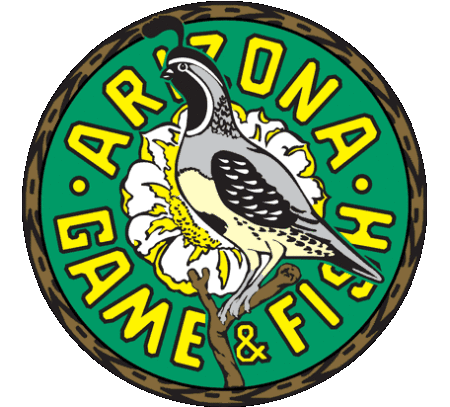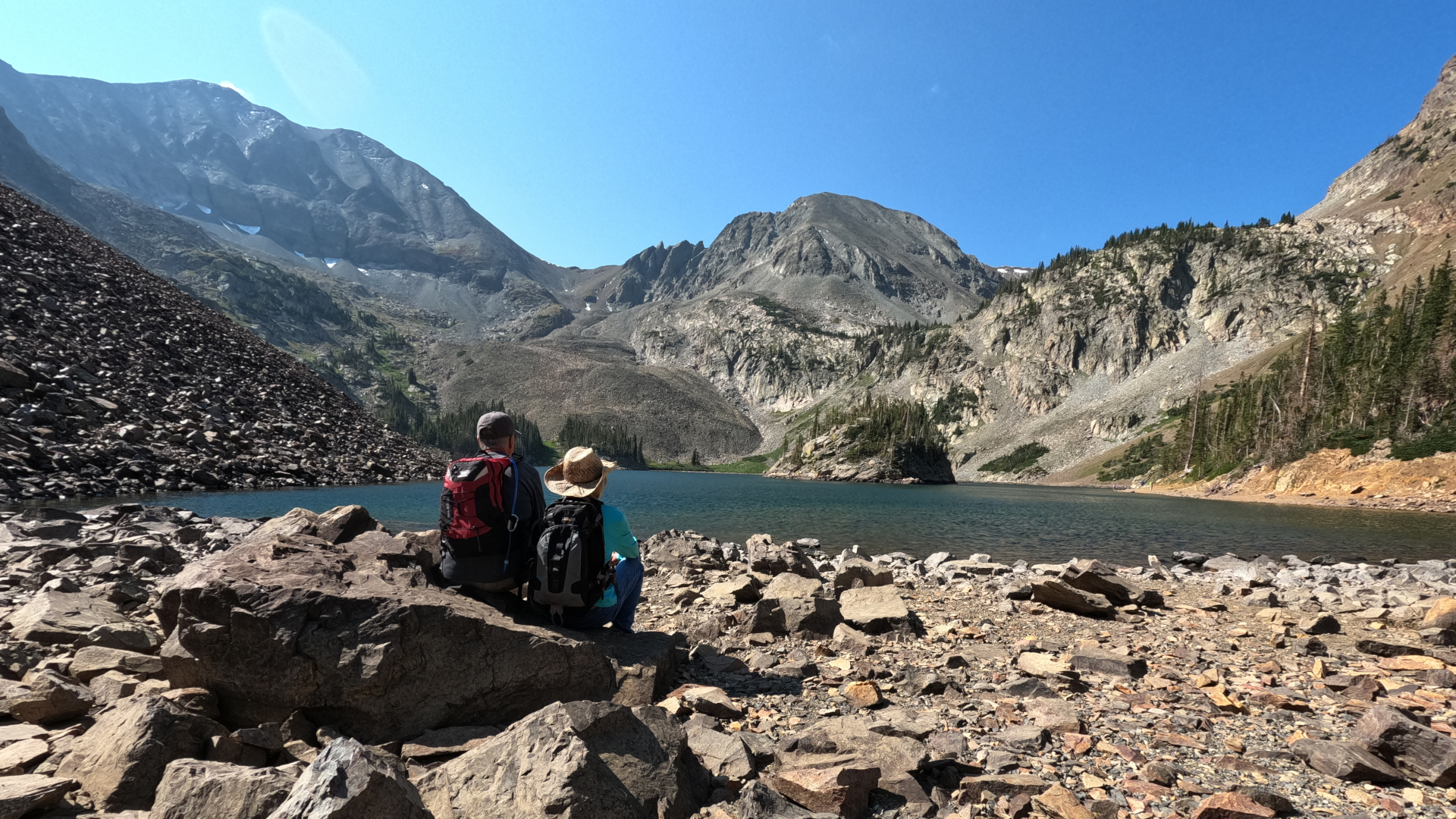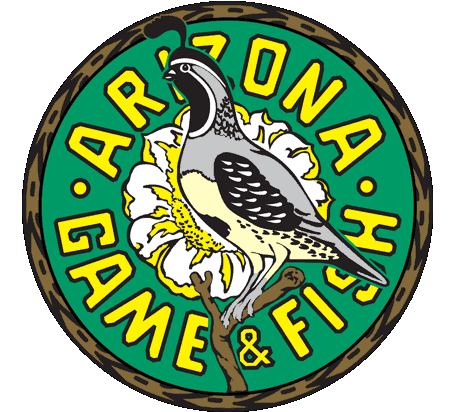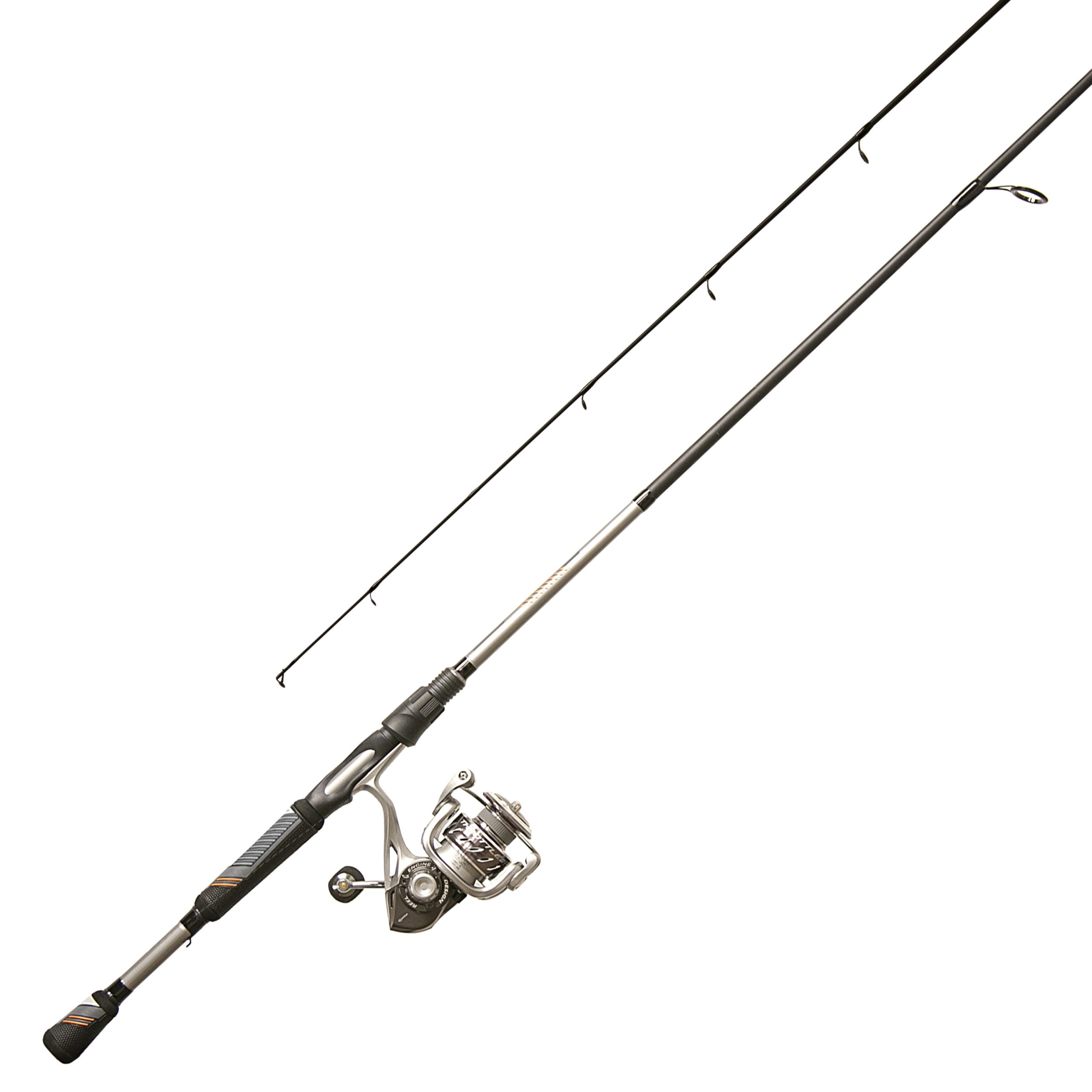Springtime abounds with nature fulfilling it’s clockwork course of destination.
A magnificent wake up call to the plant and animal kingdom to start their yearly ritual of mating, multiplying, and growing. This mysterious time of year surrounds our world with beauty, life, and energy that awakens our deepest feelings and senses to a level of childish excitement. For all these signs tell us – SPRING IS HERE, and to an angler, it means fishing time again.
Fishing in the spring is much more enjoyable for anglers because the weather is usually warmer, and the bass are beginning to be more active in their feeding binges after their long winter metabolic slow down. The days are getting longer, and the warm sun rays gleaming down begin to warm the water, triggering a call to the male bass to come to the shallower water and prepare a bed for the ladies in waiting. Bass movements are centered around their spawning, and the spawning is centered around water temperature.
Therefore, if the weather cools, the male bass will move back out into deeper water, but will remain close to the spawning areas waiting for a warming trend again. This pattern may occur several times before the male bass feels it’s time to make the actual bed. When the water temperature reaches about 55 degrees, the males start cruising the shallow water, feeding actively on available bait fish, storing up for the long, energy draining part he plays in the actual spawn. During this time, the female bass are in a period known as staging, and will be located in deeper areas such as points, edges of creek channels, sides of humps, or breaklines. They are waiting for their magic water temperature, which is in the mid 60’s, to signal it is time to move toward the spawning grounds. The male bass courts his lady by bumping his nose into her side, guiding her to his nest. She deposits her eggs and he fertilizes them with his milt. A few days late r, her job is finished, and she moves back out in deeper water for rest and recuperation. Left to his own demise, the male becomes full time guardian of the eggs. Once the fry are hatched, his instincts dictate that he stay with them for a short time protecting his young from hungry intruders.
But, soon he grows wary and hungry, and his will to survive overpowers his parental calling. Gorging his own babies for instant nourishment, he then leaves the vulnerable fry unprotected, letting nature choose it’s destiny.
From the millions of fry that are born, only a small percentage actually reach adulthood, because they are so vulnerable when small. Predators, lack of forage, water temperature drops, and mankind all play a critical role in how many baby bass will reach adulthood.
The north side of lakes and coves will warm the quickest, because it receives the sun for a longer period of the day, and is less volatile to the cold northern wind. Once the bass start their trek up the major creek channels, efforts should be concentrated in the secondary creek channels on the northwest side, and the shallow flat areas at the back and sides of the secondary creek channels. Usually, the murkier the water, the more shallow the bass will spawn. Pre-spawn, spawn, and post spawn will be in different areas of the lake, at different times, making it difficult for the weekend angler to establish a consistent pattern, because each phase does not last very long. However, bass will be spawning somewhere on the lake, from late February through April or May, following the same sequence of patterns of pre-spawn, spawn, post spawn. Study the spawning sites, the creek channels that lead the bass there, and the points at the beginning of the coves. Start a fishing diary of where bass spawn, and note the routes, cover, and structure they use to get there.
Then return there next year, because bass return to their spawning areas year after year, following the same routes. If you notice male bass swimming along the shoreline in a spawning area, then you can be assured that the egg laden females are close by. Within a couple of days to a week, the girls will be moving in to join the boys., providing the water temperature remain warm and constant.
Spawn time is so interesting to watch and study. Witnessing the precise timing of each stage, and to know that each bass that reaches maturity has overcome great and numerous obstacles to reach catchable size. Our bass need to be respected and handled very gently during this time, and released as quickly as possible. Better yet, just leave the nesting bass alone to natures call. A good pair of polarized sunglasses allows you to witness the beautiful bass romance which is performed underwater.
There is an old do*****entary on video, entitled “Big Mouth”, which shows the life of a bass from birth to death, including the spawn. It can be rented at most video stores, and I highly recommend it to learning anglers for a better insight of how a bass lives, the spawn, and how it relates to the world underwater. Please practice catch and release, and safe handling of bass.
Sherry D. Ruslink
Licensed Bass Fishing Guide – Lake Fork
owner – Anglers Educational Seminars
http://www.texs.com/ladybass
email: ladybass@onramp.net
817-572-3675 phone & fax
903-473-1016 Lake Fork
– Lake Mohave
– Lake Mohave








0 Comments